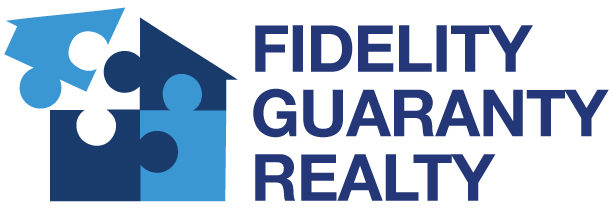Warning: We’re about to give you the creeps.
It’s termite swarming season – that time of year when subterranean termite populations within colonies reach the carrying capacity and they swarm out in search of new digs.
Although they may start out underground, a few strategically constructed and placed mud tubes will allow them entry into the home.
They can also gain access to the home through wood that is in contact with the soil. This includes porch steps and supports, doorframes, deck supports and more, according to the pros at Orkin.
Evidence of an infestation can throw a real estate transaction into turmoil. The homeowners may be clueless about it and it scares the daylights out of the buyer.
Termites aren’t a problem in many parts of the country, but if they are prevalent where you live, you’ll naturally want to have the home inspected by a pest control expert before purchasing. If you’re using an FHA-backed loan, get to know its policies when it comes to pest inspections.
What FHA has to say about it
While some states, such as Nevada, require pest inspections, the FHA only requires borrowers to order a pest inspection under any the following circumstances:
- If the FHA appraiser sees evidence of an active infestation.
- If state or local jurisdictions mandate the practice
- If wood destroying pest inspections are customary in your area
- If the lender requests one
So, what does the inspector look for?
- The mud tubes mentioned earlier are one indication of an infestation. For several reasons (access to a food source is one), termites construct these tubes from the soil to wood. Sometimes the inspector has no trouble finding mud tubes. Sometimes, they are hidden inside walls, behind the homes baseboards, under the floors and behind walls.
Check out Orkin’s website to learn more about mud tubes and to see photos to help you identify them.
- The inspector will also look for termite wings. Like moths, termites may cluster around light sources, so one sign of an infestation are their wings littering windowsills or stuck in cobwebs.
- The inspector may check any wood structures on the property, such as fencing, wood mulch in the garden, firewood stacks and wooden structures.
- Termite damage is a sure-fire sign of an infestation, so the inspector looks for evidence of such on wood surfaces, such as floors.
Who pays for the inspection?
Although FHA doesn’t care who pays for the inspection, and it is a negotiable item, whether the seller or the buyer traditionally pay for it varies by region.
Homebuyers who live in regions with a high probability of an infestation may want to make the inspection a contract contingency, requesting that the seller pay for it.
If, on the other hand, the lender demands an inspection, the buyer will typically pay for it. Again, this varies by region.
What if an infestation is found?
Termite reports are broken down into two parts, Section 1 and Section 2. The former includes a report of active infestation and damage — items that must be remedied now.
Section 2 items are those that may lead to an infestation in the future.
If you have any concerns about wood destroying pests in a home you are interested in purchasing, have the home inspected. The national average cost of the inspection is $537, according to homeadvisor.com.
The national average cost for termite treatment, however, varies according to the scope of the problem, the size of the home and other factors. Plan on paying between $1,150 and $3,300, according to costhelper.com.

